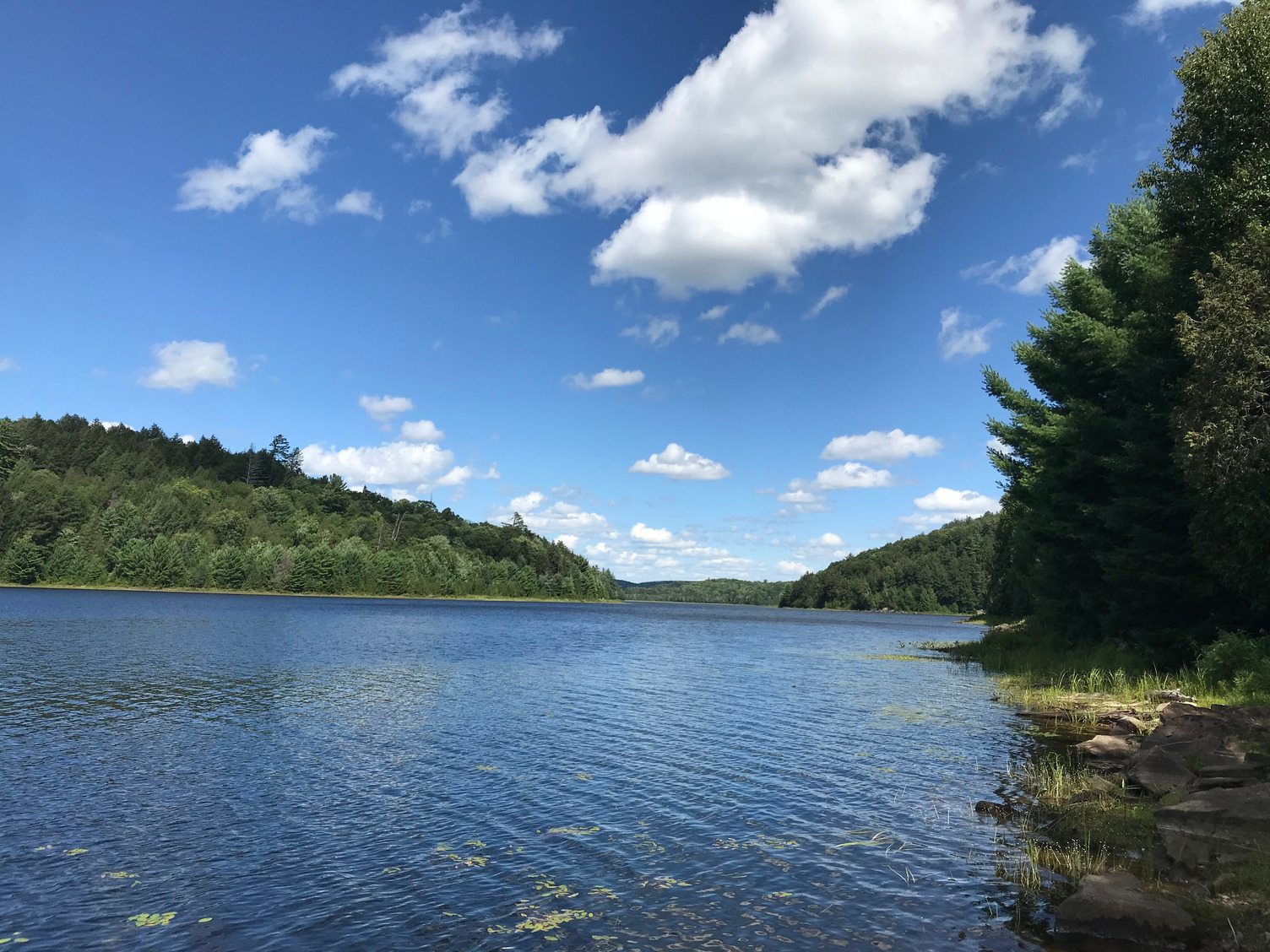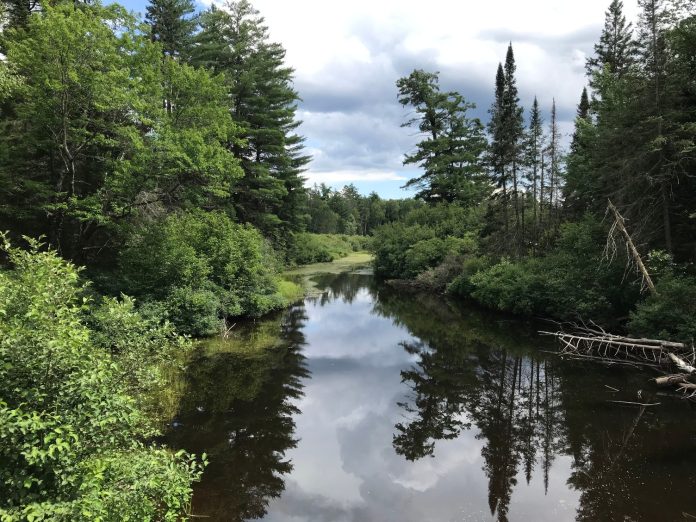An old-growth forest in Ontario, with trees more than 150 years old, is making history. The Nature Conservancy of Canada (NCC) is pleased to announce, along with owner Haliburton Forest & Wild Life Reserve Ltd. (Haliburton Forest), the first recognized other effective area-based conservation measure (OECM) within a privately owned commercial forest in Canada. It is also the country’s first OECM led by the forestry industry.
The South Freezy Lake old-growth forest has been recognized by both the Governments of Ontario and Canada as conserved and entered into Canada’s Protected and Conserved Areas Database. The database monitors progress toward Canada’s target of protecting 30 per cent of its lands and waters by 2030.
The 20-hectare site is surrounded by the sustainably managed forests of Haliburton Forest. Due to its unique ecology and history, the site has been set aside from timber harvesting and other industrial activities for the long term. The area’s old-growth sugar maple, eastern hemlock, American beech and white pine trees will support lasting biodiversity conservation.
The announcement was made at a media availability and property tour involving representatives from NCC and Haliburton Forest managing director Malcolm Cockwell, a registered professional forester. Cockwell also serves as volunteer president of Forests Ontario, the largest tree-planting charity in Canada.
OECMs are an emerging conservation category that received increased attention at the 15th Conference of the Parties (COP15) to the Convention on Biological Diversity (CBD) in Montreal in December 2022. OECMs provide the same conservation benefits as protected areas but are not managed primarily for the protection of nature. They are internationally recognized for their role in helping address the twin crises of biodiversity loss and climate change.
OECMs can accelerate the pace of conservation by acknowledging and supporting important conservation work already happening in a variety of sectors, and are a critical part of a whole-of-society approach to conservation. Collaborations like the one between NCC and Haliburton Forest are essential in helping Canada meet its commitment of protecting a minimum of 30 per cent of its lands and waters by 2030.
“This partnership is an example of the collaborative commitment required by all sectors to halt and reverse biodiversity loss, and the ongoing and exemplary contributions of the forest industry to conservation. Forestry companies, such as Haliburton Forest, are a critical part of the whole-of-society approach needed for Canada to reach its ambitious conservation targets by 2030. The Nature Conservancy of Canada applauds the vision and leadership of the management team of Haliburton Forest, and we hope this exciting milestone inspires other large landowners, corporations and industries to explore similar initiatives for conservation.” – Kristyn Ferguson, Program Director, Nature Conservancy of Canada in Ontario









